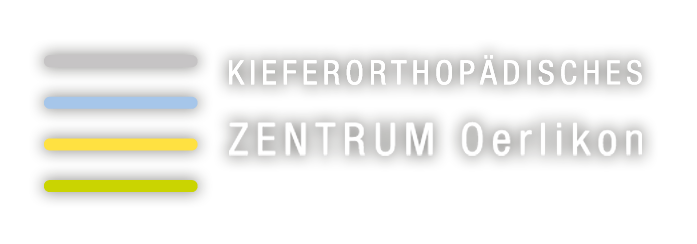
You have more questions?
We are happy to help: (+41) 043 288 33 80
Orthodontics is a specialized area in dentistry in the same manner as i.e. Cardiology is a specialty in medicine. Orthodontics is the part of dentistry that specializes in the diagnosis and treatment of malocclusions and jaw malformations.
An orthodontist is a dentist with an additional 3 to 4 years of studies focusing on occlusion and jaw function & disfunction and the associated therapy. This additional. Postgraduate Education requires a full-time occupation at the University.
The degree of Specialist in Orthodontics requires:
- 5 years of dental Studies at the University
- 1 to 2 years clinical experience in a dental office
- Successful completion of a dissertation / a doctorate
- 3 to 4 years of full-time postgraduate education at the University Orthodontic Department
- Success in the Orthodontic exam with internal and external examiners
This degree is approved by the Department of Health in Switzerland (BAG)and it is in agreement with the guidelines given by the European Union. The title of «Specialist in Orthodontics » has a higher ranking than this of a “Master in orthodontics”.
During the dental Studies, general dentists are educated about the basics of malocclusions. Therefore, they can diagnose a problem in correct time and refer the patient to a specialist. In certain cases where simple therapy is required, general dentists may perform the relevant treatment themselves.
There is no age limit to orthodontic treatment. As long as there is a healthy Periodontium, tooth movement is always possible. In children it is often necessary to make space for the eruption of the front teeth or to positively influence the growth pattern of the jaws. An ideal point to have a first consultation with the orthodontist is around the age of 8 years old, when the first permanent teeth are in eruption.
The duration of an orthodontic therapy depends on the severity of the malocclusion and the goals of the treatment. A more accurate and individual estimation can be made during the first consultation.
Insurances offer various cost coverage packages. The costs of an orthodontic treatment costs can be either covered by a supplementary insurance (including tooth corrections and other medical treatments) or through an additional dental insurance package. If possible, supplementary insurance should be made even before the child’s birth. At a later stage, most Insurances require a dental examination. In case a malocclusion is diagnosed during this examination, the Insurance might exercise certain restrictions. Please contact your Insurance for a thorough consultation on the matter.
In rare occasions, the basic Insurance will cover the orthodontic treatment (or at least a part of the treatment) but the requirements are very strict (i.e. impacted and retained teeth that pose a risk to the roots of neighboring teeth).
Disability Insurance (IV) may cover the costs of the orthodontic therapy in very specific cases, until the patient turns 20 years of age. The required criteria are very precise and strict. The evaluation of whether a patient fulfills these criteria or not, is always performed as a part of the standard analysis of the orthodontic records needed for the treatment planning. Should the criteria be met, we will inform you and give you the relevant application forms. We will send the documentation to the IV and as soon as the case is approved the treatment can start.
The treatment progress is as follows:
- First consultation: we estimate the malocclusion and listen to your wishes and treatment goals.
- Orthodontic records (radiographs, study models, Photos) are required for the treatment planning. These records are usually made in a second appointment.
- Information regarding the treatment methods, the duration and the costs of the orthodontic therapy will be given to you orally and in writing at a second private consultation. The treatment may now start as soon as you give us your written consent.
- Bonding of the orthodontic appliance and instruction.
- Regular controls during treatment.
- Removal of the orthodontic appliance at the end of treatment and placing of Retention appliances.
- Retention controls
Bonding the fixed braces is not at all painful. Getting braces is not a painful process. The orthodontic brackets are bonded to the surface of the tooth with a very simple procedure, using a composite adherent. The braces can be safely removed at the end of treatment.
A couple of hours after the bonding, tooth movement will be initiated, and your teeth might be sore upon chewing. The level of discomfort is very individual and varies from person to person. It is however always good manageable with the use regular painkillers.
It is advisable to pay extra attention in case of Sports which require close contact (i.e. fight sports) or while playing wind musical instruments. All other activities may be normally performed.
We recommend a first consultation with an orthodontist in case the child presents one or more of the following conditions:
- Early or late tooth eruption
- Difficulties while eating or chewing.
- Mouth breathing
- Crossbite or asymmetry upon mouth opening.
- Strong proclination of the anterior teeth
- Lack of space for the eruption of the permanent teeth.
Usually, the family or the school dentist will advise you to seek orthodontic treatment when needed.
An early treatment is a short therapy during the eruption of the permanent anterior teeth. The goal of this therapy is to ease further orthodontic treatments at a later age or to even avoid the need of a further treatment altogether. Examples: Crossbite correction, elimination of a lip-catch, elimination of thumb-sucking.



